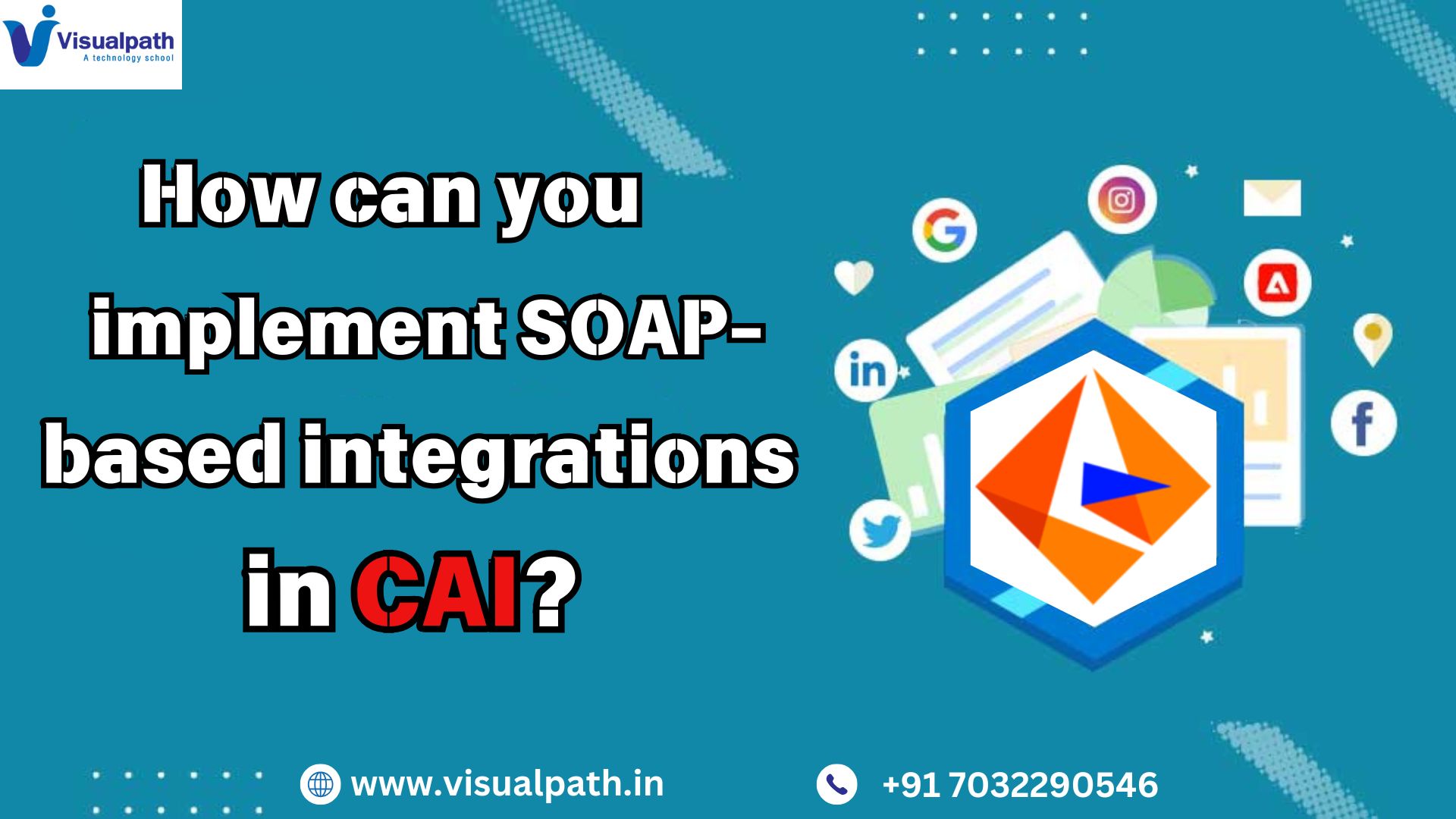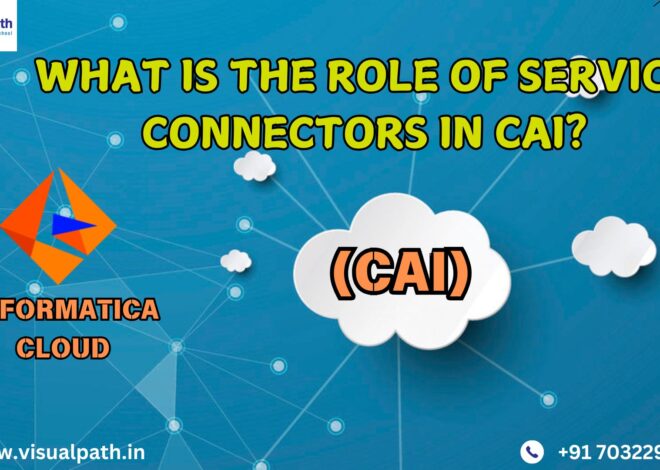Introduction
Cloud Application Integration (CAI) is a powerful tool that enables businesses to integrate various applications, services, and data sources seamlessly. While modern integrations often rely on RESTful APIs, many enterprises still use SOAP (Simple Object Access Protocol) for their legacy systems. This article explores how to implement SOAP-based integrations in CAI efficiently. Informatica Cloud Training Institute
Understanding SOAP-Based Integrations
SOAP is a protocol that facilitates structured information exchange between applications over the internet using XML-based messaging. It is widely used in enterprise environments where security, reliability, and transaction control are critical.
Integrating SOAP-based services with CAI requires configuring SOAP connectors, handling authentication, mapping data, and managing responses efficiently.
Steps to Implement SOAP-Based Integrations in CAI
1. Setting Up the SOAP Connection
- Navigate to CAI’s Integration Designer.
- Create a new Connection and select SOAP Web Service as the connection type. IICS Online Training
- Enter the WSDL (Web Services Description Language) URL, which defines the SOAP service’s contract.
- Configure security settings such as Basic Authentication, WS-Security, or OAuth, depending on the SOAP service’s requirements.
2. Configuring a Process to Consume SOAP Services
- Create a new Process in CAI’s Process Designer.
- Drag and drop the Service Call activity and link it to the SOAP connection.
- Define the SOAP request structure by mapping input parameters using the fields provided by the WSDL.
- Ensure proper handling of namespaces and XML structures for compatibility.
3. Transforming and Mapping Data
- Use Data Mapping tools in CAI to transform the incoming data to the format required by the SOAP service.
- Apply XPath expressions for extracting specific data from the XML responses.
- Implement logic to handle empty or unexpected values in the SOAP response. Informatica Cloud Training
4. Handling SOAP Response and Fault Messages
- Design error-handling mechanisms to capture and process SOAP Faults.
- Use Try-Catch blocks to differentiate between success and failure responses.
- Log errors and retry mechanisms to ensure reliable data transmission.
5. Testing and Deploying the Integration
- Run test cases using CAI’s built-in testing tools.
- Validate that the integration correctly sends SOAP requests and processes responses.
- Deploy the process and monitor its execution in CAI’s dashboard.
Best Practices for SOAP-Based Integrations in CAI
- Optimize Performance: Use pagination and request filters when dealing with large SOAP responses to avoid processing overhead.
- Ensure Security: Implement WS-Security standards, such as encryption and token-based authentication, to secure SOAP communications.
- Enable Logging: Maintain logs of SOAP requests and responses for troubleshooting and debugging. Informatica Training Online
- Use Exception Handling: Configure error-handling flows to manage failures gracefully and notify users when needed.
Conclusion
SOAP-based integrations in CAI allow businesses to connect with legacy systems while leveraging modern cloud capabilities. Organizations can create efficient and secure integrations that enhance business operations by setting up SOAP connections, mapping data correctly, handling errors, and following best practices. CAI provides the necessary tools to streamline SOAP-based communication, ensuring seamless interoperability between cloud and on-premise applications.
For More Information about Informatica Cloud Online Training
Contact Call/WhatsApp: +91 7032290546
Visit: https://www.visualpath.in/informatica-cloud-training-in-hyderabad.html




